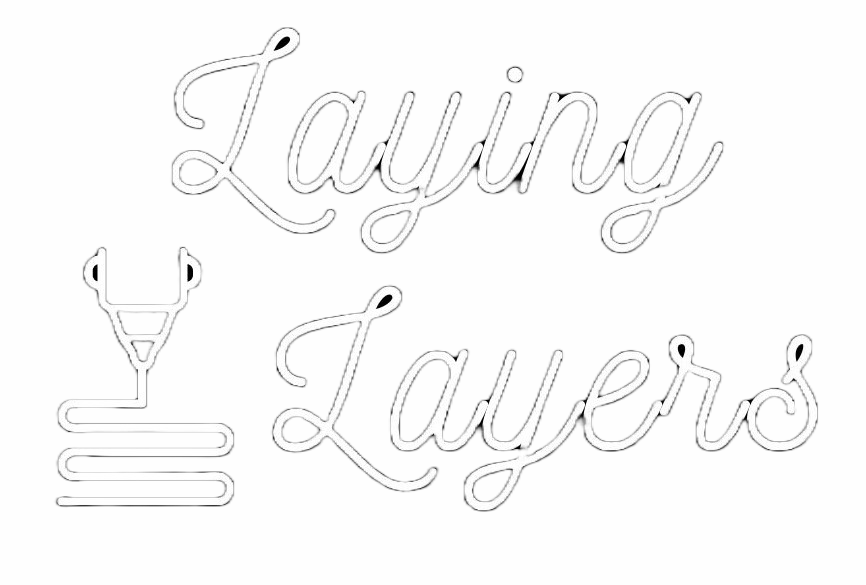
Frequently asked questions.
What is 3D Printing?
3D printing, also known as additive manufacturing, is a process of creating three-dimensional objects by adding successive layers of material, such as plastic, metal, or ceramic, based on a digital model or a 3D design file. The 3D printer reads the digital design file and lays down successive layers of material, building up the object layer by layer until it is complete. This technology has the ability to produce complex and intricate designs that would be difficult or impossible to create with traditional manufacturing methods. 3D printing has applications in a wide range of industries, including aerospace, healthcare, automotive, and consumer products.
What do you use to make things?
PLA filament is a type of material used in 3D printing. It stands for polylactic acid, which is a biodegradable thermoplastic made from renewable resources like cornstarch or sugarcane. PLA filament is widely used because it is easy to print with and produces high-quality, detailed prints. It is also a popular choice because it is environmentally friendly, as it can break down naturally over time. PLA filament comes in a variety of colors and can be used to create a wide range of objects, from toys to household items to prototypes for industrial design.
Hold on, one more time, How does this work? Explain like I am 5 years old.
3D printing is like having a magic machine that can make toys or objects you draw on a special computer. It makes things by putting layer on top of layer until it creates a solid 3D object you can hold and play with. It's like building with Legos, but the machine does it for you!
Anything I shouldn’t do?
Don't apply excessive force: Applying too much pressure or force to a fragile 3D print can cause it to break. It's important to be gentle when handling the print, especially if it has thin or delicate parts.
Don't drop or knock the print: Dropping or knocking a fragile 3D print can cause it to break or crack. Your customer should be careful when moving or transporting the print to avoid any accidental damage.
Don't expose the print to high temperatures: Exposing a fragile 3D print to high temperatures can cause it to warp or deform. Your customer should avoid leaving the print in direct sunlight or near a heat source, such as a radiator or heater.
Don't use harsh chemicals or solvents: Certain chemicals or solvents can damage or dissolve the material used to make the 3D print. Your customer should avoid using these substances on or near the print to prevent any chemical damage.
Don't overtighten screws or connections: If the fragile 3D print requires assembly, your customer should be careful not to overtighten screws or connections. This can cause the print to crack or break.
